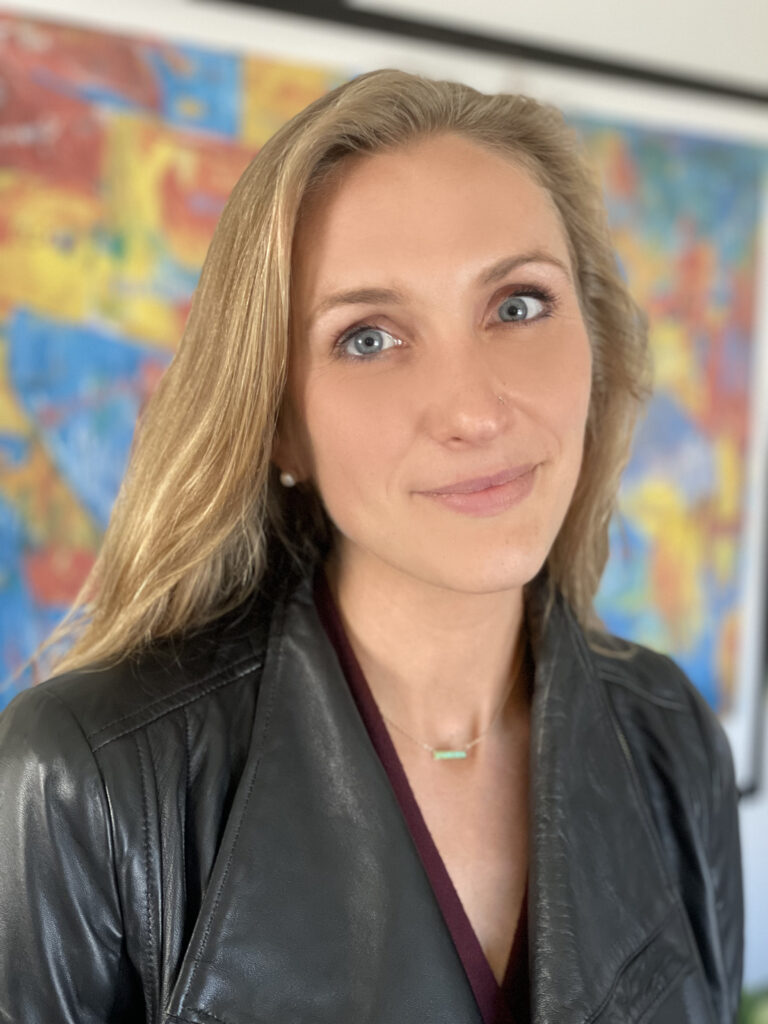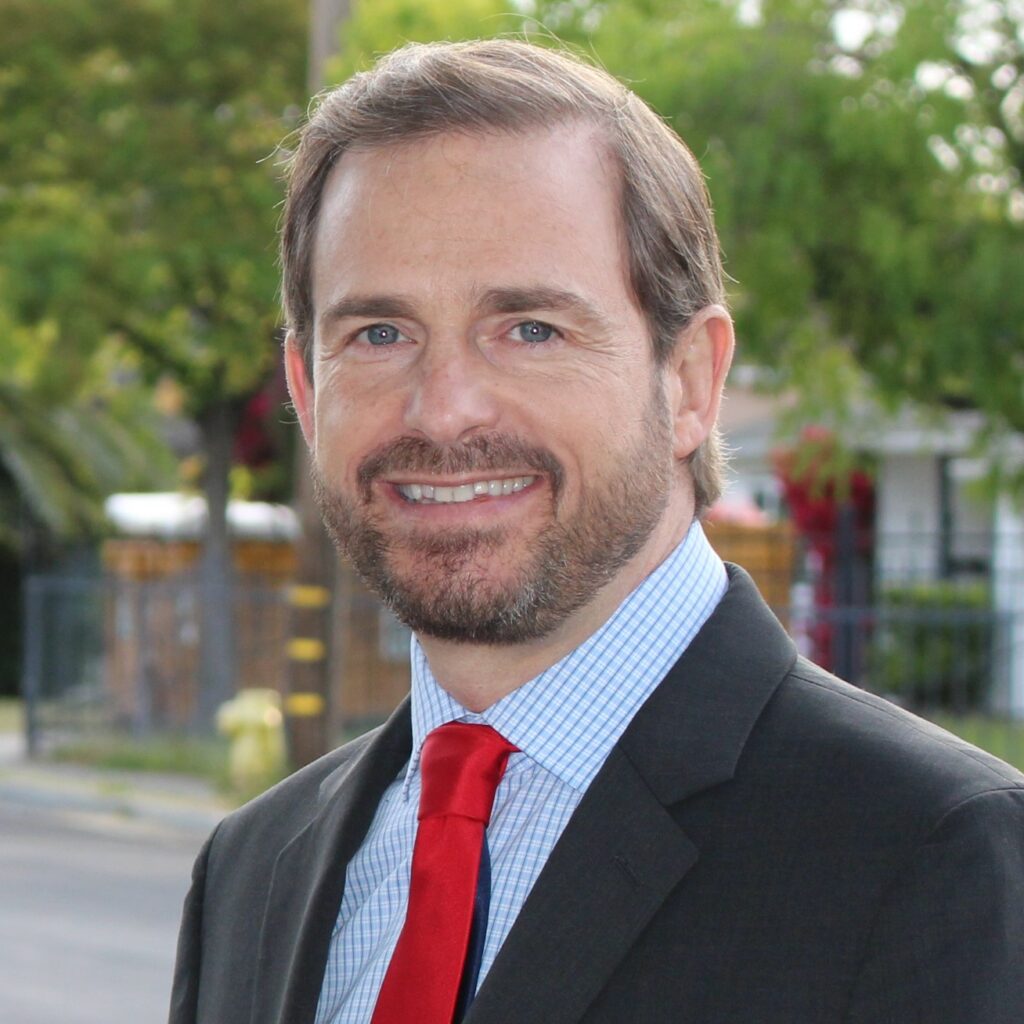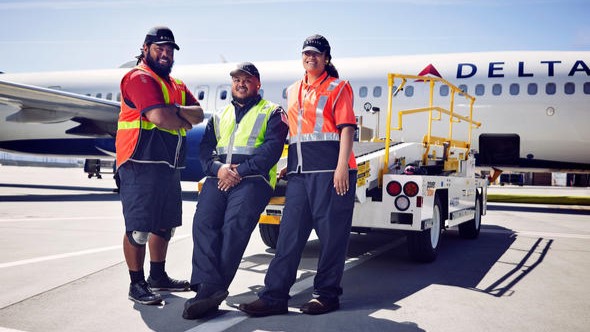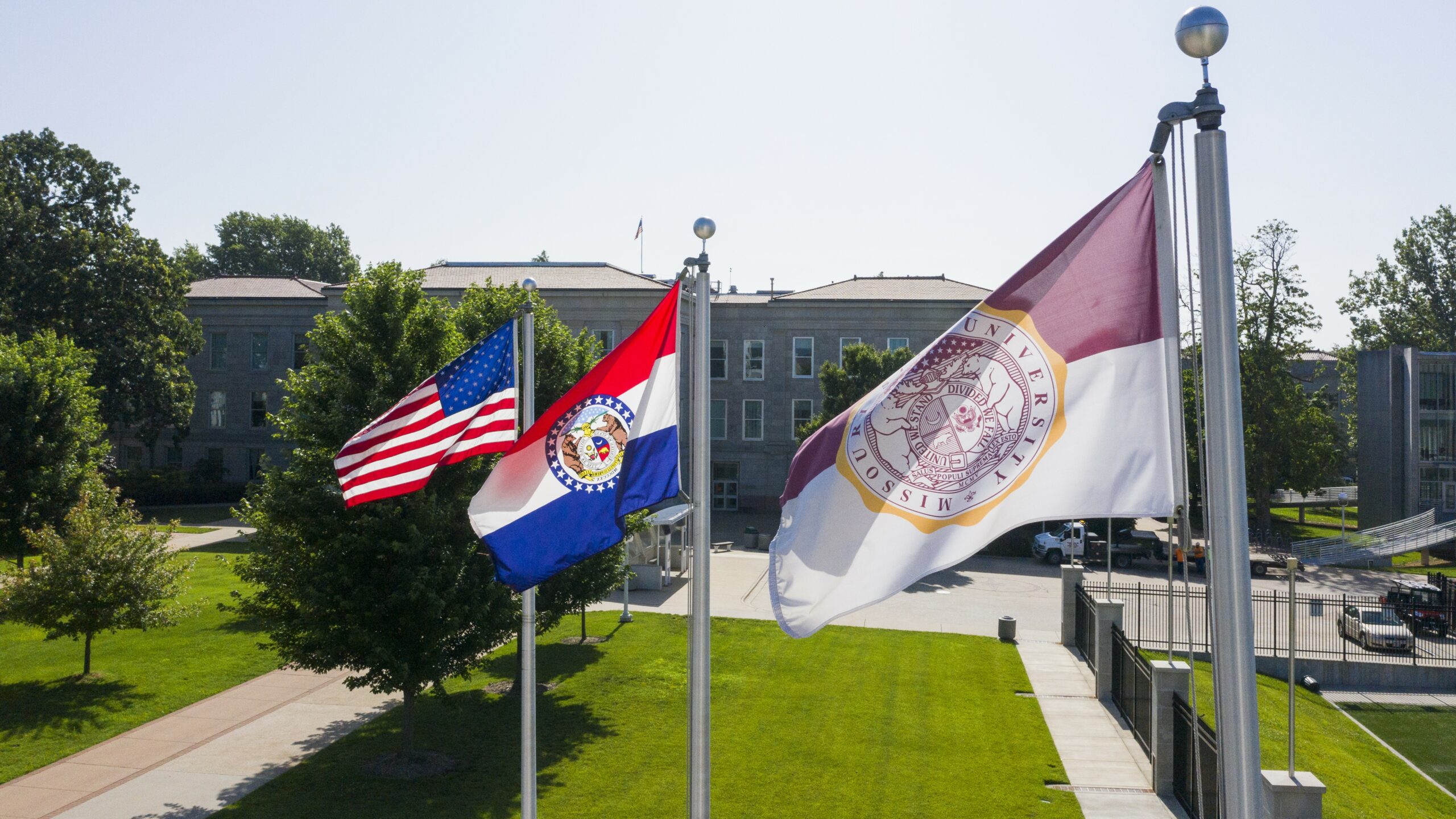America’s classrooms are grappling with a shortage of teachers as the strain of the COVID pandemic prompted many of them to quit, leaving school districts to scramble to fill vacancies.
In March, 44% of public schools in the United States reported full or part-time teaching vacancies, according to data compiled by the National Center for Education Statistics.
While the teacher shortage has taken on new urgency, the problem existed long before COVID. A number of factors have contributed, leaving an underlying challenge of how to create a pipeline of teachers.
Creating a Pipeline of Teachers
It’s a challenge Mallory Dwinal-Palisch has been tackling for more than a decade since she did her Ph.D. research on teacher shortages. She sees a solution in apprenticeship-based degrees for paraprofessional and school staff members wanting to become teachers.

“When we see teacher shortages, what we’re realizing is that what we actually have here is not a lack of people who want to become teachers. It’s a lack of viable pathways to fill those spots,” says Dwinal-Palisch, chancellor of Reach University, an apprentice-based nonprofit university. She is also CEO at the Craft Education System, a data analytics system used for the apprentice-based degrees.
Among other things, she finds high tuition costs and student debt prevent many people from pursuing a college degree.
As a way to eliminate that barrier, Reach University began offering an apprenticeship-based bachelor’s degree program in 2020, building on graduate programs that started in 2011. The idea being that a job leads to a degree.
“Half of the credit is the person’s job experience at their place of work. And then the other half are online classes,” explains Dwinal-Palisch.
When a Job Leads to a Degree
Students can’t just apply. Reach works directly with school districts to identify apprentices.

“You tell us what positions you need, then tell us which people in your district we’re going to train up to fill those positions. It’s how we ensure that as students exit our degree, there is a job waiting for them in the building where they already know the culture, the other staff members, the students and they are ready to go,” says Dwinal-Palisch.
Reach University currently counts 600 students and 300 school partners.
“The first type of school that will raise their hand when they understand what we do is one that is in an underserved area that is often described as an education desert. That means lots of really small, remote employers, small districts where there might be a community college but very often, there’s not a four-year institution,” says Joseph Ross, president of Reach University.
Working a Full-Time Job While Earning a Degree
Brusly, Louisiana, outside of Baton Rouge with a population of less than 3,000 people is one of those small districts. It’s where 23-year-old Janae Montgomery is a paraprofessional working with special needs high school students while pursuing a bachelor’s degree at Reach University.
“Working hands-on with the kids while learning about what I am doing and the steps and approaches that I should take while doing it, I really love this model,” says Montgomery.
She says she first learned about Reach University when a school board member approached her while she was working as a substitute teacher and attending a community college. Montgomery says she developed a passion for working with special needs students and an opportunity to pursue a path to become a special education teacher seemed like the right fit.
“It’s like a win-win now with Reach because I’m still working with the kids that I love. I didn’t have to give up my job full time,” adds Montgomery. Another bonus, she says, she hasn’t taken on any more student loan debt.
‘This Where I Grew Up’
Montgomery expects to graduate next spring and plans to also get certification in special education. She says she has a job lined up for her at the same high school she attended. “It makes me very grateful, happy, excited knowing I’m in my community. This is where I grew up,” says Montgomery.
She adds, “I had some of the best teachers and I want to be one of those best teachers that my kids think about.”
The way Reach University sees it, a “grow your own” strategy with the apprentice-based degrees makes sense for districts in smaller, often rural communities. “They want everyone to go to college, but people who go to college don’t want to come back. And they can’t convince people to come to these places to work because they’re not from there,” explains Ross.
Louisiana is one of four states Reach University is targeting, along with Arkansas, Alabama, and California.
Dwinal-Palisch says a majority of Reach’s students identify as Black or Indigenous People of Color, and most are the first generation in their family to get a college degree. She points out the apprenticeship model is helping to diversify the talent pool since a vast majority of public school teachers are white.
“At the same time that this is leveling the playing field for creating a teacher workforce that reflects the student body, which we know has outcomes on student learning, it’s also a vehicle for upward-mobility for those adults,” adds Dwinal-Palisch.
In Louisiana, for example, where Janae Montgomery is an apprentice, the average salary for a paraprofessional is $26,069 according to ZipRecruiter. The mean salary for a special education high school teacher in the state is $54,580.
For its state partners, Reach is promising they won’t have teacher shortages within five years and that there will be a student teacher demographic match within eight years.
The goal, which Dwinal-Palisch admits is an ambitious one, is to have ten thousand graduates or student apprentices in the pipeline at Reach University in the next five years.
While that model is being put to the test, Reach is taking its mission a step further and sharing its Craft data analytics system with other institutions with the goal of creating apprenticeship programs in different industries. It’s all part of a larger bet on apprenticeships becoming a viable pathway to careers.
“We think that apprenticeship-based programs are going to become more and more the norm going forward, especially with what’s going on in higher ed,” stresses Ross.











